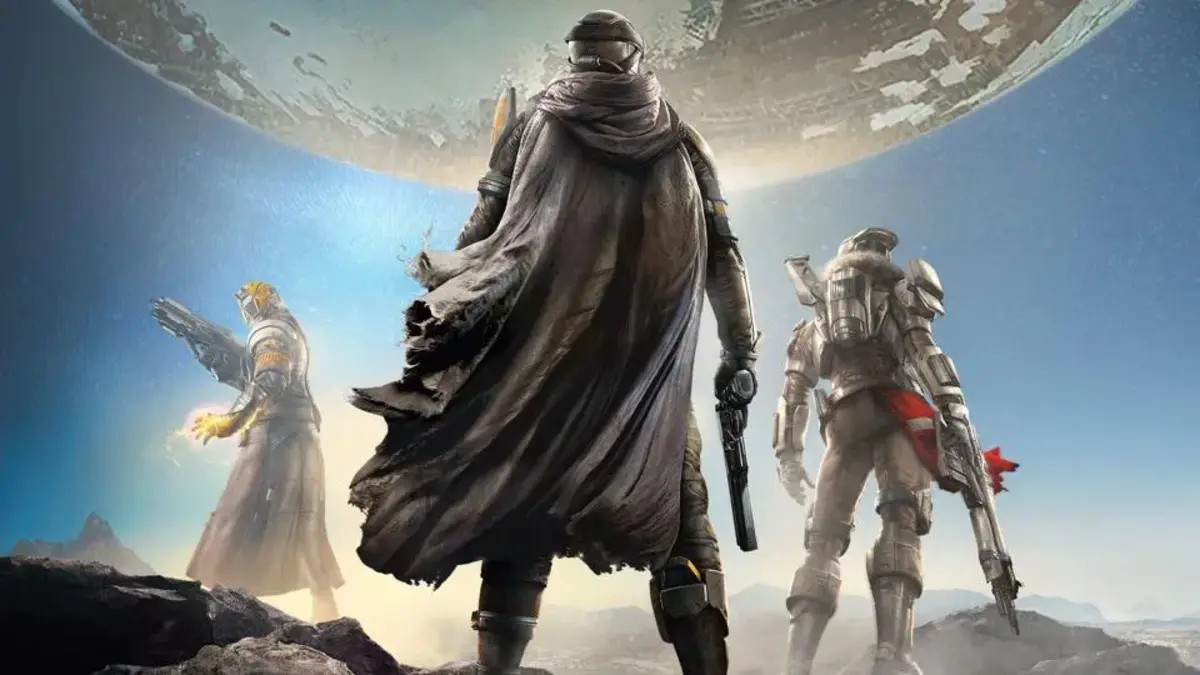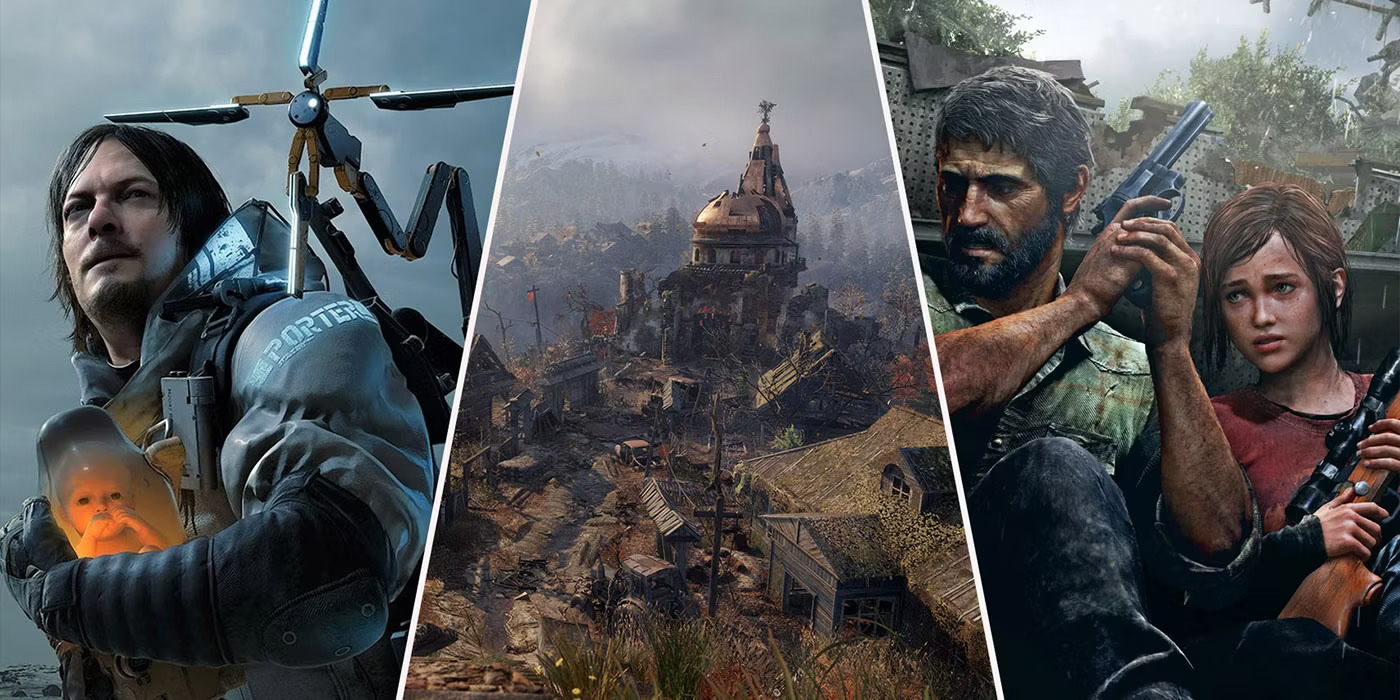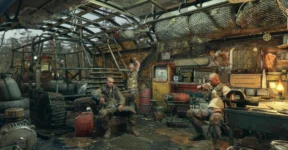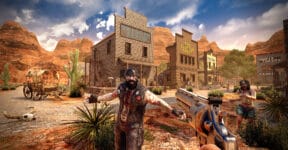Destiny, the predecessor to Destiny 2, was also developed by Bungie and published by Activision. It was released in 2014 for PlayStation 3, PlayStation 4, Xbox 360, and Xbox One. Destiny combined elements of first-person shooters with MMO features, offering a shared world where players could engage in both cooperative and competitive activities.
Destiny was well-received for its engaging gameplay, cooperative elements, and unique blend of genres. However, it also faced criticism for its initial lack of story depth and repetitive content. The lessons learned from Destiny’s development significantly influenced the design and evolution of Destiny 2.
Classes and Subclasses:
- Destiny featured three distinct classes, each with its unique playstyle and abilities. Titans were the tanky, heavily armoured class; Hunters were agile and specialized in precision; Warlocks were the mystical, space-magic-wielding class.
- Each class had multiple subclasses, allowing players to customize their Guardian’s abilities further. For example, the Titan class included subclasses like Defender, Striker, and Sunbreaker, each offering a different super ability and skill tree.
PvE and PvP Dynamics:
- The game seamlessly blended Player versus Environment (PvE) and Player versus Player (PvP) experiences. The PvE activities included story missions, strikes, and raids, while the Crucible provided various competitive multiplayer modes.
- The cooperative PvE elements allowed fire teams of players to tackle challenging missions and raids, fostering teamwork and coordination.

Raids and Strikes:
- Raids were one of the standout features of Destiny, offering elaborate, multi-stage challenges that required communication and strategy. Raids like the Vault of Glass and King’s Fall became iconic for their complexity and unique mechanics.
- Strikes were shorter, more accessible cooperative missions, usually culminating in a boss encounter. These were designed for smaller fire teams of three players.
Weapon and Gear Progression:
- Destiny’s loot system was a crucial aspect of the gameplay, encouraging players to seek out powerful weapons and gear. Each piece of equipment contributed to a Guardian’s Light level, indicating their overall power.
- Weapons were categorized into primary (hand cannons, auto rifles, etc.), special (shotguns, sniper rifles), and heavy (rocket launchers, machine guns) types, offering a variety of playstyles.
Expansions and Content Updates:
- Destiny received several expansions, each introducing new storylines, locations, and gameplay mechanics. “The Taken King” expansion, in particular, was widely praised for addressing many of the criticisms of the base game and introducing significant improvements.
- Expansions also brought new raids, strikes, and multiplayer maps, keeping the player base engaged with fresh content.
Social Spaces and Community Interaction:
- The Tower served as a central social space where players could interact with each other, access vendors, and show off their gear. Social features, such as emotes and the ability to inspect other players, added to the community aspect of the game.
- Clans provided a way for players to form organized groups, enhancing the cooperative nature of Destiny’s gameplay.
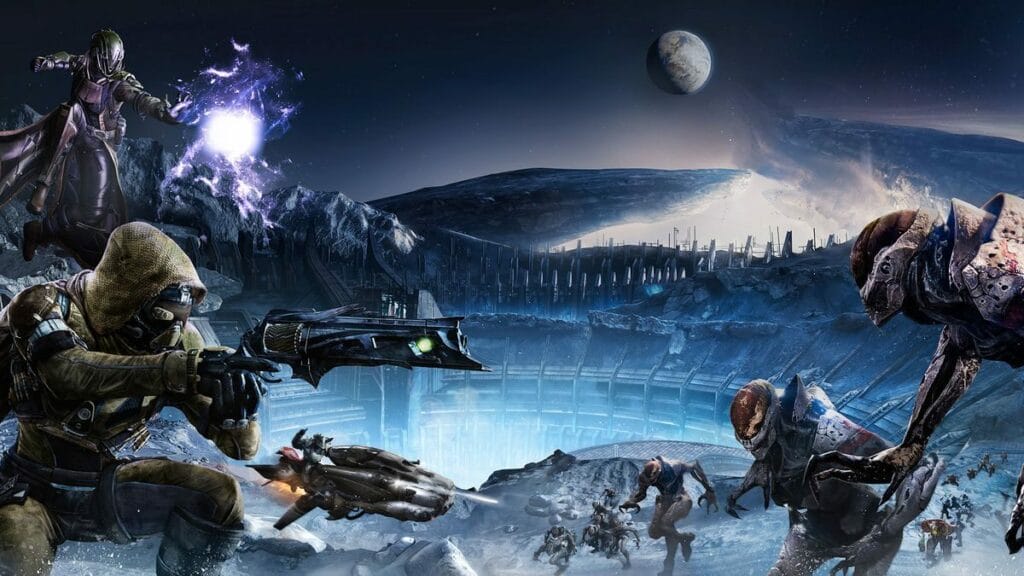
Learning from Player Feedback:
- Bungie actively engaged with the Destiny community, incorporating player feedback into ongoing updates and expansions. This iterative approach allowed the game to evolve, addressing concerns and improving the overall experience.
Legacy and Transition to Destiny 2:
- Destiny established a foundation for the franchise, introducing players to the unique blend of FPS and MMO elements. The lessons learned from Destiny’s development influenced the design philosophy of Destiny 2.
- Destiny 2, released in 2017, built upon the successes and shortcomings of its predecessor, refining mechanics, expanding the narrative, and introducing new features.
How about you? Have you played Destiny? We’d love to hear from you.
Other things you might want to know:
What genre is Destiny?
Destiny combined elements of first-person shooters with MMO features, offering a shared world where players could engage in both cooperative and competitive activities.
Who develops Destiny?
Bungie and published by Activision.
Is Destiny and Destiny 2 the same?
Destiny 2 is a sequel to destiny and expands on many different aspects of the first.
Check out other articles by month:

